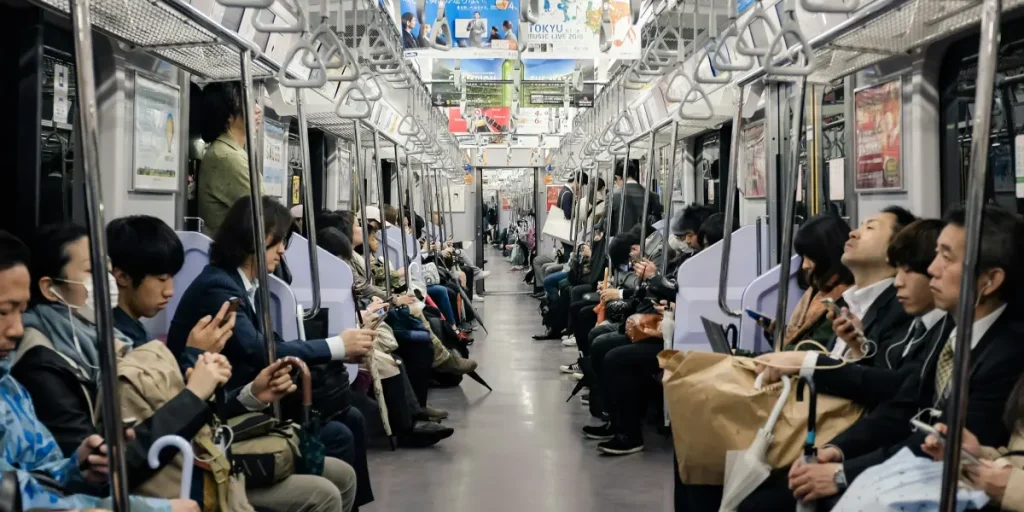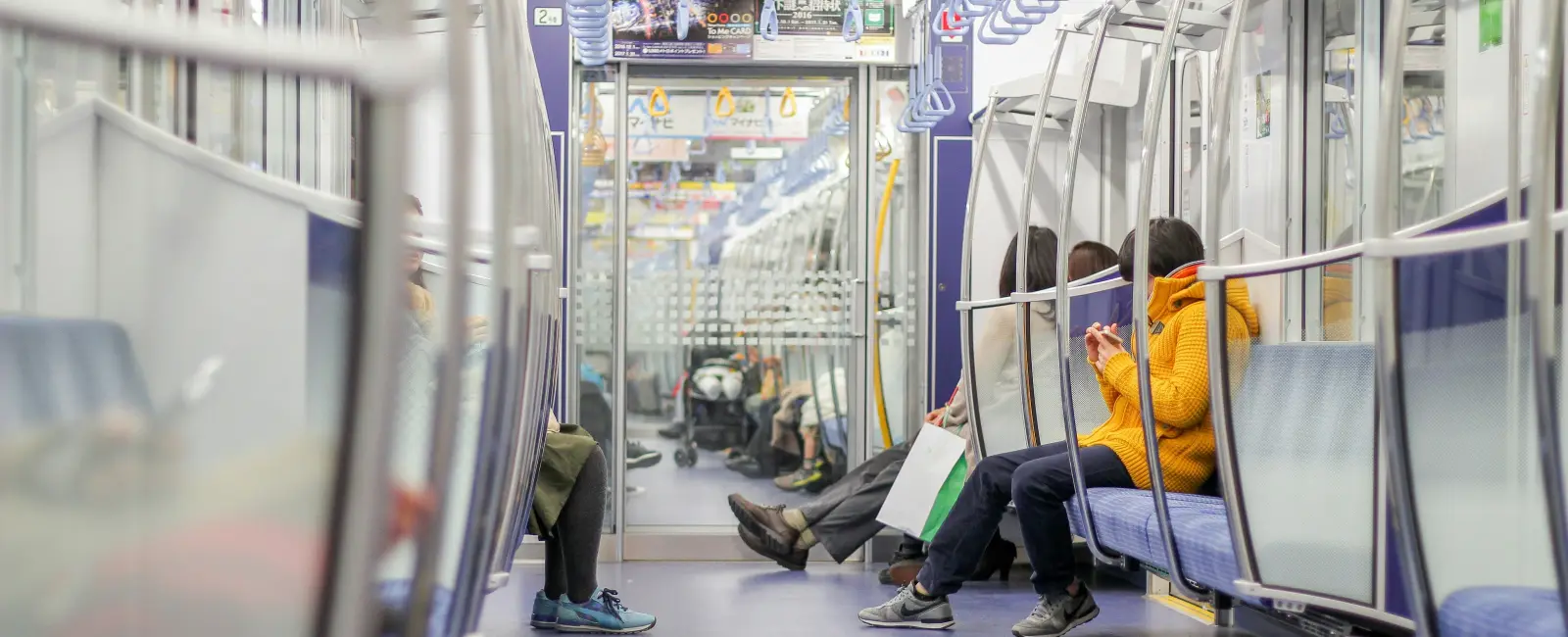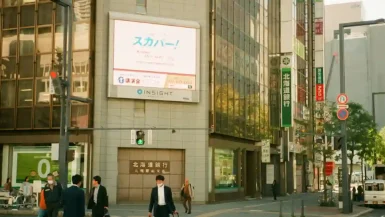Tokyo, Japan’s bustling capital, boasts one of the world’s most efficient public transportation systems. Navigating Tokyo’s metro and subway might seem daunting, but it can be a smooth experience with the right knowledge. In this guide, we’ll explore tips and tricks to make your journey easier.
Introduction
Navigating Tokyo’s metro and subway can be overwhelming for first-time visitors. With multiple lines, numerous stations, and a language barrier, it’s essential to understand how the system works. However, with a bit of preparation, you can navigate Tokyo’s metro and subway like a pro. In this guide, we’ll cover everything from purchasing tickets to understanding maps and avoiding rush hour.
Understanding the Tokyo Metro and Subway System
Tokyo’s metro and subway system comprises two primary networks: Tokyo Metro and Toei Subway. These networks, along with JR East’s Yamanote Line, cover the city comprehensively. In fact, the Tokyo Metro and Toei Subway alone operate over 285 stations across the city, ensuring that almost every major attraction is easily accessible. Additionally, the Yamanote Line, which is a circular route, connects key neighborhoods like Shibuya, Shinjuku, and Ikebukuro, making it convenient for travelers to navigate Tokyo’s bustling districts. To make commuting easier, you can purchase a prepaid IC card, such as Suica or Pasmo, which can be used across all these networks, including buses and some trains. Moreover, the signage in Tokyo’s metro and subway stations is available in multiple languages, helping non-Japanese speakers navigate the system with ease.
For those unfamiliar with the system, the Tokyo Subway Navigation app is a useful tool, providing real-time updates and route planning assistance. During rush hours, it’s important to be mindful of the crowded trains, especially on popular lines like the Yamanote. Despite the crowds, Tokyo’s public transportation is known for its punctuality and cleanliness, making it one of the most efficient in the world. Finally, whether you’re traveling for business or leisure, Tokyo’s metro and subway system offers a reliable and cost-effective way to explore the city.
Tokyo Metro
The Tokyo Metro consists of nine lines, each with a distinct color and name. Key lines include the Ginza Line, Hibiya Line, and Marunouchi Line. These lines connect central Tokyo with various neighborhoods and business districts, making them essential for navigating the city efficiently. For example, the Ginza Line, marked in yellow, is Tokyo’s oldest subway line and links key areas like Asakusa, Ginza, and Shibuya. Meanwhile, the Hibiya Line, identified by its silver color, connects neighborhoods such as Roppongi and Akihabara, both popular with locals and tourists.
In addition, the Marunouchi Line, colored red, provides easy access to major landmarks like Tokyo Station, the Imperial Palace, and Shinjuku. As you travel on these lines, you’ll notice that signs and station announcements are often provided in both Japanese and English, making it easier for non-Japanese speakers to navigate. Moreover, each station is numbered and color-coded, helping passengers quickly identify their route and transfer points. To make your journey even smoother, consider purchasing a prepaid IC card, such as Suica or Pasmo, which allows for seamless transfers between the Metro and other train lines. Ultimately, mastering the Tokyo Metro is key to exploring the city’s many attractions efficiently and comfortably.
Toei Subway
The Toei Subway operates four lines: Asakusa Line, Mita Line, Shinjuku Line, and Oedo Line. These lines complement the Tokyo Metro and cover areas not served by it.
Yamanote Line
Although not a subway, the JR Yamanote Line is crucial for navigating Tokyo. This loop line connects major city centers, including Shibuya, Shinjuku, and Tokyo Station.
Purchasing Tickets and Passes at Tokyo’s Metro and Subway
When navigating, you have several options for purchasing tickets. For example, you can buy tickets directly at the station kiosks or from automated machines, which often offer multiple language options. Alternatively, consider purchasing a transportation pass, like the JR Pass, which can save you money if you plan to travel extensively by train. Lastly, many stations also offer mobile apps or websites where you can purchase and reserve tickets in advance, making your travel experience even smoother.
Single Journey Tickets
Single journey tickets are available at ticket machines in every station. These machines offer English options and are user-friendly. You simply select your destination, and the machine calculates the fare.
IC Cards (Suica and Pasmo)
IC cards like Suica and Pasmo are rechargeable smart cards. They are the most convenient way to navigate Tokyo’s metro and subway. You can purchase them at ticket machines or kiosks in major stations. To use, just tap the card on the reader at the ticket gate. The fare is automatically deducted from your card balance.
Day Passes
For tourists, day passes can be a cost-effective option. The Tokyo Subway Ticket allows unlimited rides on Tokyo Metro and Toei Subway lines. You can choose from 24-hour, 48-hour, or 72-hour passes. These are available at Narita and Haneda airports and major Tokyo stations.
Navigating Tokyo’s Metro and Subway Maps
Understanding the map is crucial for navigating Tokyo’s metro and subway. First and foremost, familiarize yourself with the different lines, each of which is color-coded for easy identification. In addition, pay attention to the station numbers, as these can help you quickly determine your route and transfers. Finally, look for signs in English, which are widely available and provide clear guidance for non-Japanese speakers. Let’s break down the key elements.
Station Codes
Each station has a unique code consisting of a letter and a number. The letter represents the line, and the number indicates the station’s position. For example, Ginza Station on the Ginza Line is coded G09.
Line Colors
Each line is color-coded. For example, the Ginza Line is orange, and the Hibiya Line is silver. This color-coding helps you identify lines and navigate the system more easily.
Transfer Stations
Transfer stations allow you to switch from one line to another. These stations are marked clearly on maps and signs. Major transfer stations include Shinjuku, Tokyo, and Ueno.
Reading Signs and Announcements
Navigating Tokyo’s metro and subway involves understanding signs and announcements. Here are some tips.
Bilingual Signs
Most signs in Japan are bilingual, displaying information in both Japanese and English. This includes station names, exit information, and transfer details. Additionally, many tourist attractions and public transportation hubs have English-speaking staff available to assist visitors. Moreover, even in smaller towns and less touristy areas, you will often find key signs and instructions translated into English, making it easier for travelers to navigate. Overall, these efforts ensure that international visitors can explore Japan with greater confidence and ease.
Platform Signs
Platform signs indicate the train’s direction and the next station. These signs are essential for ensuring you’re on the correct platform. In addition to the direction and station names, some signs also display the train’s final destination, helping you confirm your route. Moreover, digital boards often show real-time updates, including arrival times and any delays, ensuring a smooth and informed travel experience.
Onboard Announcements
Announcements on trains are made in Japanese and English. They provide information about the next station and transfer options. Pay attention to these announcements to avoid missing your stop.
Tips for a Smooth Journey
Navigating Tokyo’s metro and subway can be stress-free with these tips.
Plan Your Route
Before you set out, plan your route using apps like Google Maps or Japan Transit Planner. These apps provide real-time information on train schedules and transfers.
Avoid Rush Hour
Tokyo’s metro and subway can be extremely crowded during rush hours (7:30-9:30 AM and 5:00-7:00 PM). If possible, travel outside these times for a more comfortable experience.
Use the Correct Exit
Stations often have multiple exits, leading to different parts of the neighborhood. Signs in the station indicate nearby landmarks for each exit. Use these signs to choose the exit closest to your destination.
Be Mindful of Etiquette
When navigating, follow local etiquette. Keep noise levels down, offer seats to those in need, and stand on the left side of escalators to let others pass on the right.

Safety and Accessibility
Tokyo’s metro and subway system is known for its safety and accessibility.
Safety
Tokyo is one of the safest cities in the world. The metro and subway are well-patrolled and equipped with security cameras. If you need assistance, station staff are always ready to help.
Accessibility
Many stations at Tokyo’s Metro and Subway are equipped with elevators, escalators, and ramps for wheelchair users. Accessibility information about Tokyo’s Metro and Subway is available on station maps and the Tokyo Metro and Toei Subway websites.
Special Features and Services
Tokyo’s metro and subway offer several unique features and services to enhance your experience.
Women-Only Cars
During rush hours, some trains have women-only cars to provide a safer environment for female passengers. These designated cars are marked with pink signs and are usually located at the end of the train. To ensure you board the correct car, look for the pink signs on the platform and on the train doors. Women-only cars are typically in effect during the morning and evening rush hours, providing a more comfortable commute for female passengers. If you’re unsure about which car to board, station staff are available to assist and guide you to the appropriate section. This system reflects Japan’s commitment to ensuring a safe and respectful travel experience for everyone.
Free Wi-Fi
Free Wi-Fi is available at many stations, making it easier to navigate and stay connected. Look for “Metro_Free_Wi-Fi” or “Toei_Subway_Free_Wi-Fi” networks.
Luggage Services
If you have heavy luggage, some stations offer luggage storage and delivery services. This can make navigating Tokyo’s metro and subway much more manageable.
Exploring Beyond Tokyo
Once you’ve mastered navigating Tokyo’s metro and subway, consider exploring beyond the city. With these skills, you’ll find it easier to navigate other Japanese cities with metro systems, such as Osaka and Kyoto. For instance, in Osaka, the subway system efficiently connects you to major attractions like Osaka Castle and Dotonbori. Similarly, Kyoto’s metro and bus networks will help you reach historical sites such as Fushimi Inari Shrine and the Golden Pavilion. By applying your knowledge, you can travel smoothly and confidently throughout Japan, making the most of your time in each city.
Osaka Metro
Osaka’s metro is smaller than Tokyo’s but equally efficient. Despite its size, it’s an excellent way to explore the city’s vibrant districts, such as Namba and Umeda. In addition, the metro system is well-connected to other forms of public transportation, making it easy to reach popular attractions like Osaka Castle and Universal Studios Japan. For tourists, the Osaka Amazing Pass provides unlimited metro access and discounts at many attractions, making it a convenient and cost-effective option. Overall, navigating Osaka by metro allows you to experience the city’s energy while avoiding the traffic congestion often seen on the roads.
Kyoto Subway
Kyoto’s subway system consists of two lines, making it easy to navigate the city’s historical sites. In particular, the Karasuma Line and the Tozai Line cover key areas of the city, allowing convenient access to various attractions. Use the subway to visit famous locations like Fushimi Inari Shrine and Kyoto Imperial Palace, both of which are easily accessible from nearby stations. Additionally, the subway system is well-integrated with Kyoto’s bus network, providing seamless connections to areas not directly served by the subway. To make your travels even smoother, consider purchasing a day pass, which offers unlimited rides on both the subway and buses, helping you explore more while staying within budget.
Conclusion
Navigating Tokyo’s metro and subway may seem complex at first, but with this comprehensive guide, you’ll find it much more manageable. By familiarizing yourself with the different lines and stations, you can confidently move around the city like a local. Additionally, downloading a transit app can help you plan your routes more efficiently and avoid any confusion. Don’t forget to pick up a prepaid IC card, such as Suica or Pasmo, to make your journeys even smoother. With a bit of preparation, you’ll be zipping through Tokyo’s extensive metro system, ready to explore all the incredible sights and experiences this vibrant city has to offer.



